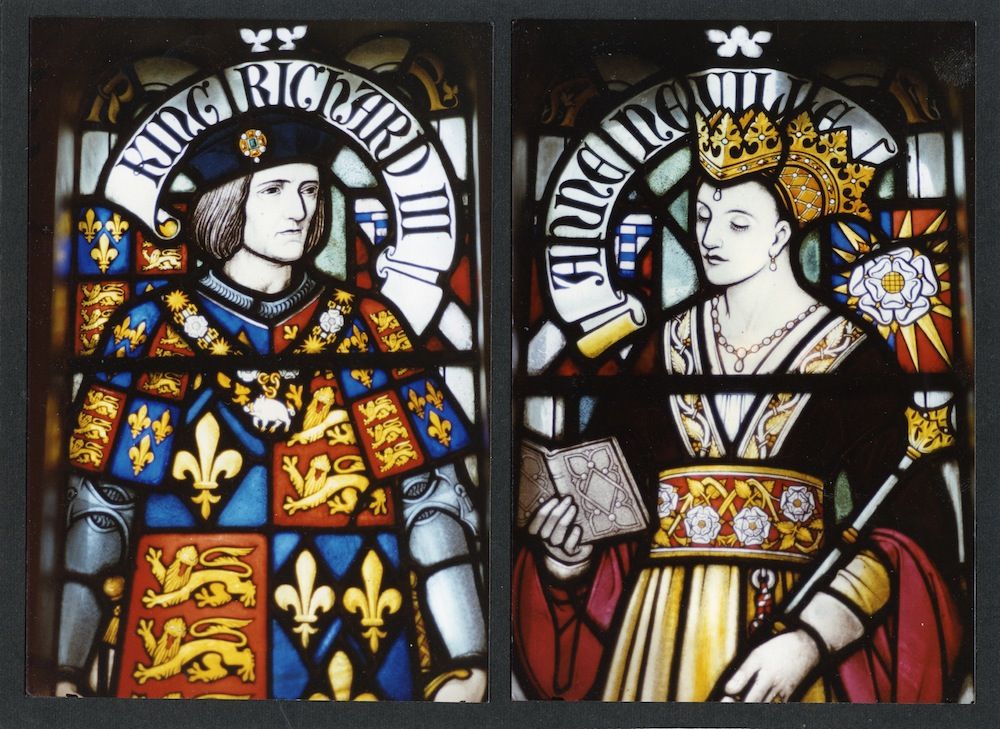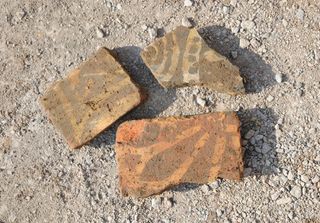Lost Medieval Church Discovered Beneath Parking Lot

The hunt for King Richard III's grave is heating up, with archaeologists announcing today (Sept. 5) that they have located the church where the king was buried in 1485.
"The discoveries so far leave us in no doubt that we are on the site of Leicester's Franciscan Friary, meaning we have crossed the first significant hurdle of the investigation," Richard Buckley, the lead archaeologist on the dig, said in a statement.
Buckley and his colleagues have been excavating a parking lot in Leicester, England, since Aug. 25. They are searching for Greyfriars church, said to be the final resting place of Richard III, who died in battle during the War of the Roses, an English civil war. A century later, Shakespeare would immortalize Richard III in a play of the same name.
After his death in the Battle of Bosworth Field, Richard III was brought to Leicester and buried at Greyfriars. The location of the grave, and the church itself, was eventually lost to history, though University of Leicester archaeologists traced the likely location to beneath the parking lot for the Leicester City Council offices.
The team announced last week that their first two trenches turned up glazed floor-tile fragments, medieval roof tile and other building fragments, suggesting that they were digging in the right place to find Greyfriars. Now, a third trench has revealed the alignment of the building's walls.

"We now think we have evidence for a two-meter-wide [6.5 feet] north-south passageway, which originally had a tile floor — this may be a cloister walk on one side of a cloister garth or courtyard," Buckley said. "At right angles to this is an east-west aligned building some five meters [16 feet] wide, again with evidence for a tiled floor." [Gallery: Digging for Richard III]
North of the building, there is an open space and then another large building with walls nearly 5 feet (1.5 meters) thick, Buckley said. The archaeologists suspected that the thick wall might be the south wall of the church building, and now the third trench suggests that, indeed, the wall continues and meets up with another wall to the north with a mortar floor in between.
Sign up for the Live Science daily newsletter now
Get the world’s most fascinating discoveries delivered straight to your inbox.
"The size of the walls, the orientation of the building, its position and the presence of medieval inlaid floor tiles and architectural fragments make this almost certainly the church of the Greyfriars," Buckley said.
The archaeologists now plan to excavate further in search of the church's high alter and choir. The latter spot is recorded in history as the site of King Richard III's grave. If the king's body is found, he will be reinterred in Leicester Cathedral. If he is not discovered, Buckley said, the excavation has been a success in that it has uncovered a medieval church lost for four centuries.
"With or without the burial place of Richard III, the investigation has been extremely rewarding and makes a significant contribution in terms of telling the story of medieval Leicester," Buckley said.
Follow Stephanie Pappas on Twitter @sipappas or LiveScience @livescience. We're also on Facebook & Google+.

Stephanie Pappas is a contributing writer for Live Science, covering topics ranging from geoscience to archaeology to the human brain and behavior. She was previously a senior writer for Live Science but is now a freelancer based in Denver, Colorado, and regularly contributes to Scientific American and The Monitor, the monthly magazine of the American Psychological Association. Stephanie received a bachelor's degree in psychology from the University of South Carolina and a graduate certificate in science communication from the University of California, Santa Cruz.











